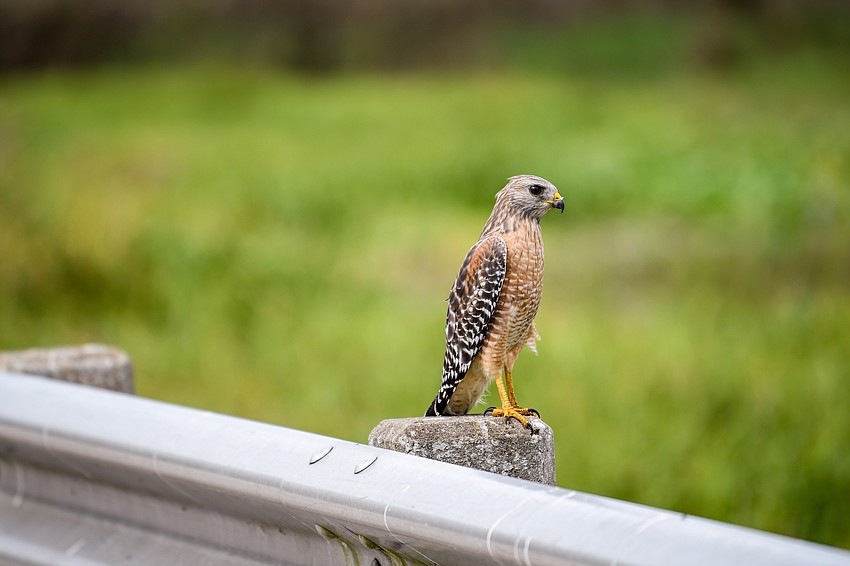- July 26, 2024
-
-
Loading

Loading

Hurricane Ian's winds, rain and flooding substantially damaged Myakka River State Park's infrastructure, as well as its ecology. As part of the Myakka River watershed, which holds flood waters thus minimizing their impact farther afield, the storm also illustrated the great importance of these popular public lands for safeguarding our communities.
As the Wild and Scenic Myakka River is primarily rain-fed, its levels vary seasonally. During our wet summer, areas around the river, such as floodplain marshes and hydric hammocks, commonly flood. Florida’s native habitats are adapted to this seasonal fluctuation. And the normal hydro-cycles of wetlands are crucial for our native flora and fauna.

As result of extreme rainfall associated with Hurricane Ian, the river, already at flood stage before the storm, crested at 12.73 feet — well above major flood stage. With the park's 7-mile long drive under water, park management surveyed roadside storm damage by airboat.
Most structures and buildings in the park, including the historic cabins built by the Civilian Conservation Corps during the Great Depression, were flooded, and the park's utility infrastructure, including waste and drinking water, was submerged.
Once the flooding receded, extensive recovery efforts commenced to clear roads and public areas from damaged trees and debris. To assure visitor safety, to date, more than 18,000 cubic yards of vegetative debris — enough to fill 5.5 Olympic swimming pools — have been removed from just the main roads, picnic areas and campgrounds in the 58 square mile park. Road shoulders, eroded from the flooding, are being back filled, and the park's utility infrastructure is being repaired.
The park's closure over the past few months poignantly reminded many how essential this ecologically significant gem is for our own well-being. And while rangers diligently work to return Myakka to the many who love this magical place, its flora and fauna, proving more resilient than park infrastructure, are showing signs of recovery — and even thriving.
Once the park reopens, expanses of unspoiled wetlands, prairies, hammocks and pine lands, though clearly bruised, will once again be available for the rest of us to appreciate and enjoy.
Friends of Myakka River exists to support Myakka River State Park and the Wild and Scenic Myakka River. Together, we're protecting and sharing Myakka's Magic, to the benefit of future generations and our own. Follow us @FriendsOfMyakkaRiver.